How to Incorporate Scandinavian Decor Into Your Home
Discover the charm of Scandinavian decor. Learn how to create minimalist, cozy and stylish environments with our step-by-step guide.
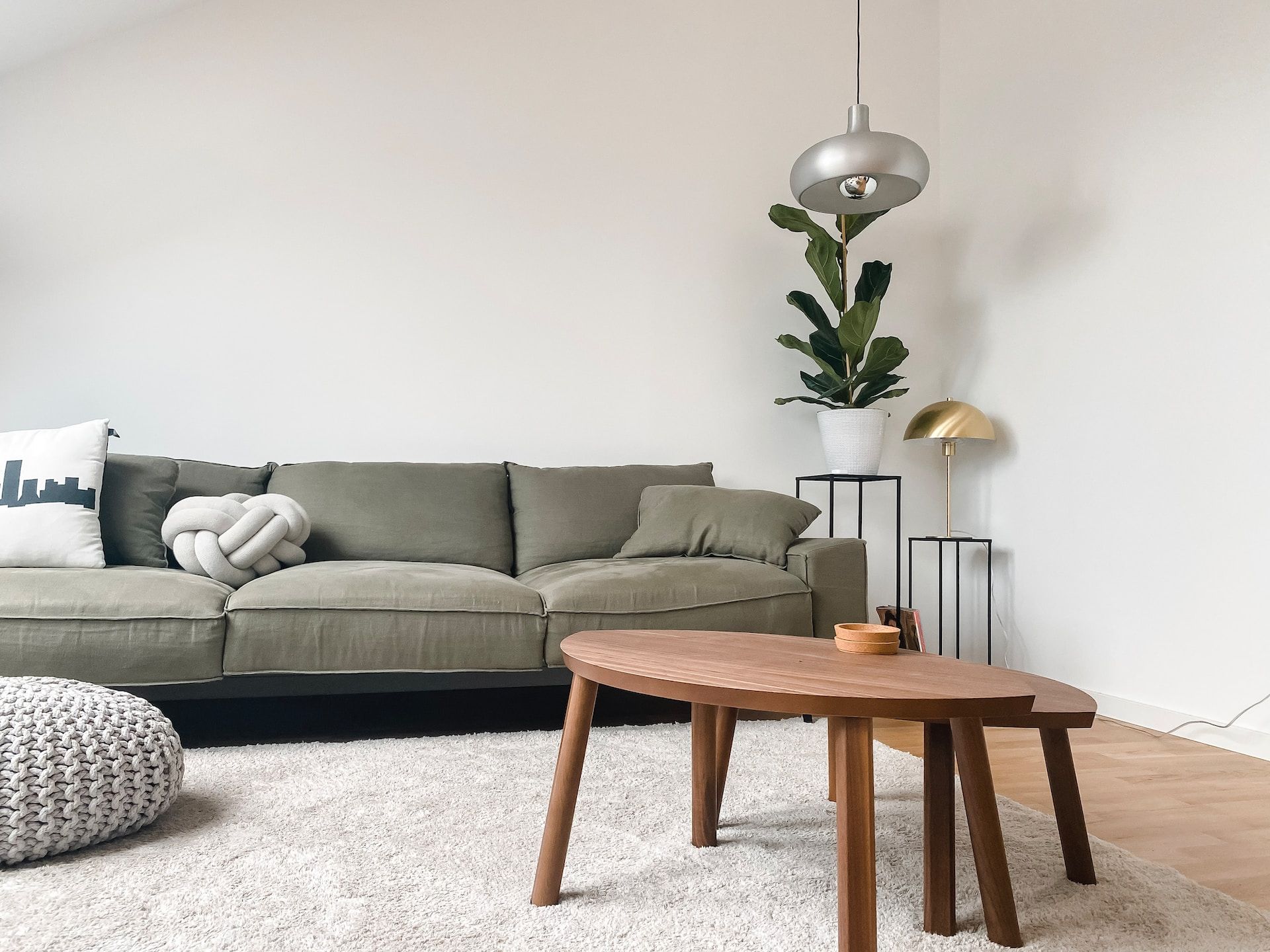
If you are looking for a decoration style that combines simplicity, functionality and beauty, Scandinavian decor is the answer. This trend, which originated in the Nordic countries, has conquered the world with its bright, minimalist and cozy interiors. In this article, we'll take an in-depth look at this style and offer a step-by-step guide on how to incorporate Scandinavian decor into your home.
What's in this post:
How did the Scandinavian style come about
Main features of Scandinavian decor
What is a Scandinavian decor
Scandinavian decor emerged in the 1950s in the Nordic countries — Denmark, Norway, Sweden, Finland and Iceland. It reflects the lifestyle and natural environment of these countries, where nights are long, and winters are harsh. The aim of this style is to create a welcoming and functional space, using light colors, natural materials and simple lines.

How did the Scandinavian style come about
The origin of the Scandinavian style is deeply rooted in the scenes and culture of the Nordic countries. The style took off on the international scene in the mid-20th century, specifically in the 1950s, but its roots go back much further.
Life in the Nordic countries has always been shaped by climate: long, dark winters and short, bright summers. This resulted in a desire for interiors that were airy, light and welcoming to contrast with the often inhospitable exterior.

The simple, functional philosophy of this design was a response to living in these extreme climatic conditions but also a reaction to the ornamental excesses of the Victorian period and the Rococo style. The Scandinavian style defended spaces that were comfortable, practical and accessible to all.
The post-war era also marked a period of scarcity of materials, which boosted simplicity, efficiency and mass production, aspects highly valued in Scandinavian design. People were looking for a lighter, simpler lifestyle focused on quality of life, which is reflected in the Scandinavian decor we know today.
Main features of Scandinavian decor
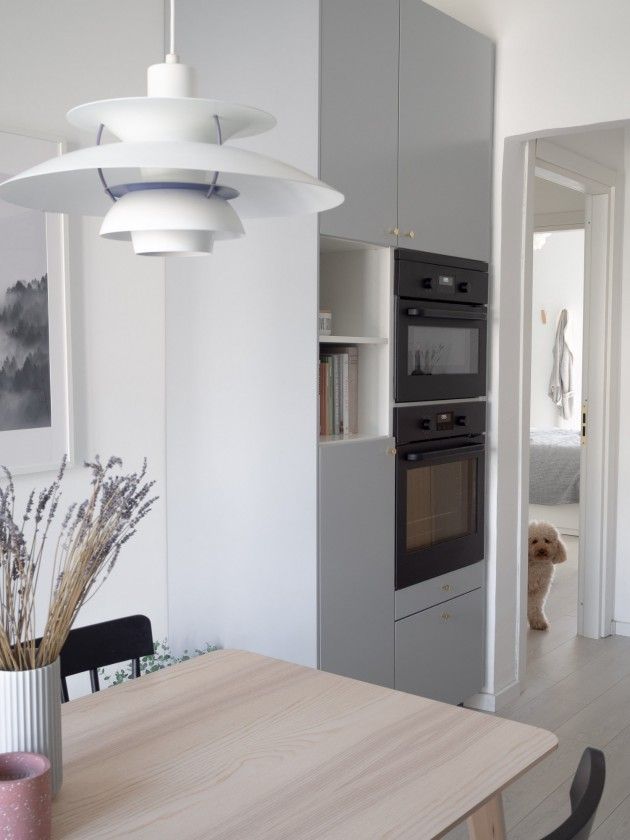
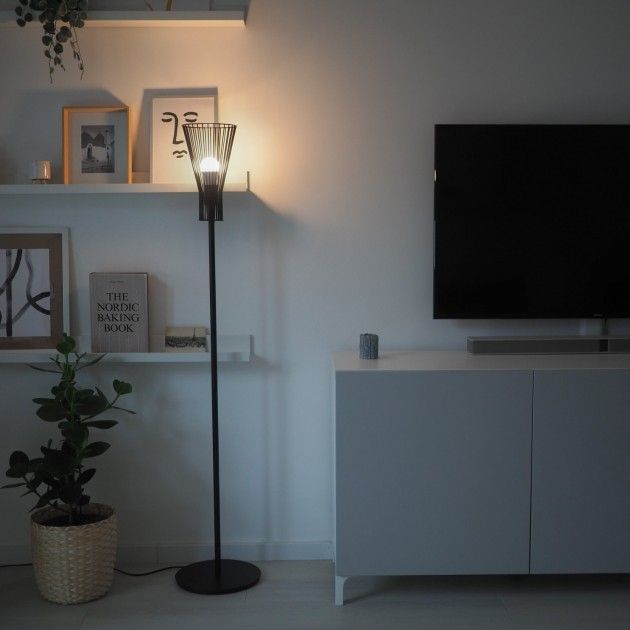
Characteristic Scandinavian decor
Scandinavian decor — minimalism and functionality
In Scandinavian decor, less is more. The design is as streamlined as possible, with a strong focus on functionality. Every piece of furniture and accessory must have a purpose. For example, a sofa with straight lines is not only a decoration piece but also a place to curl up during long winter nights.
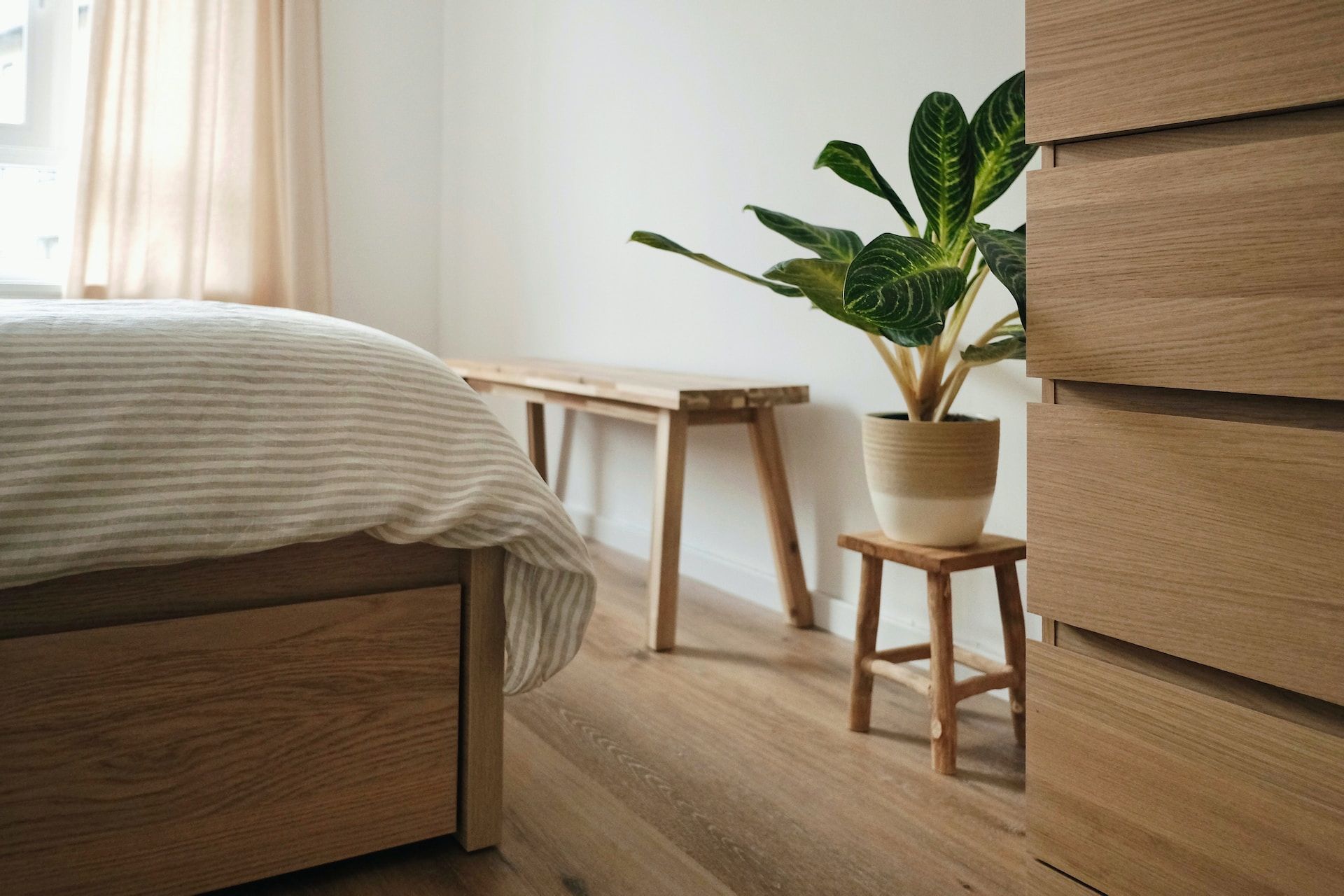
Scandinavian decor — neutral and light colors
The predominant colors in this style of decoration are white, gray, beige and pastel tones. They help maximize the feeling of light and space, which is essential in Nordic countries, where daylight is scarce for much of the year.

Scandinavian decor — natural materials
Nature plays an important role in the Scandinavian decor. Wood, wool, leather and cotton are common materials used in both furniture and accessories. Plants are also a frequent element, bringing a touch of freshness and life to the environment.

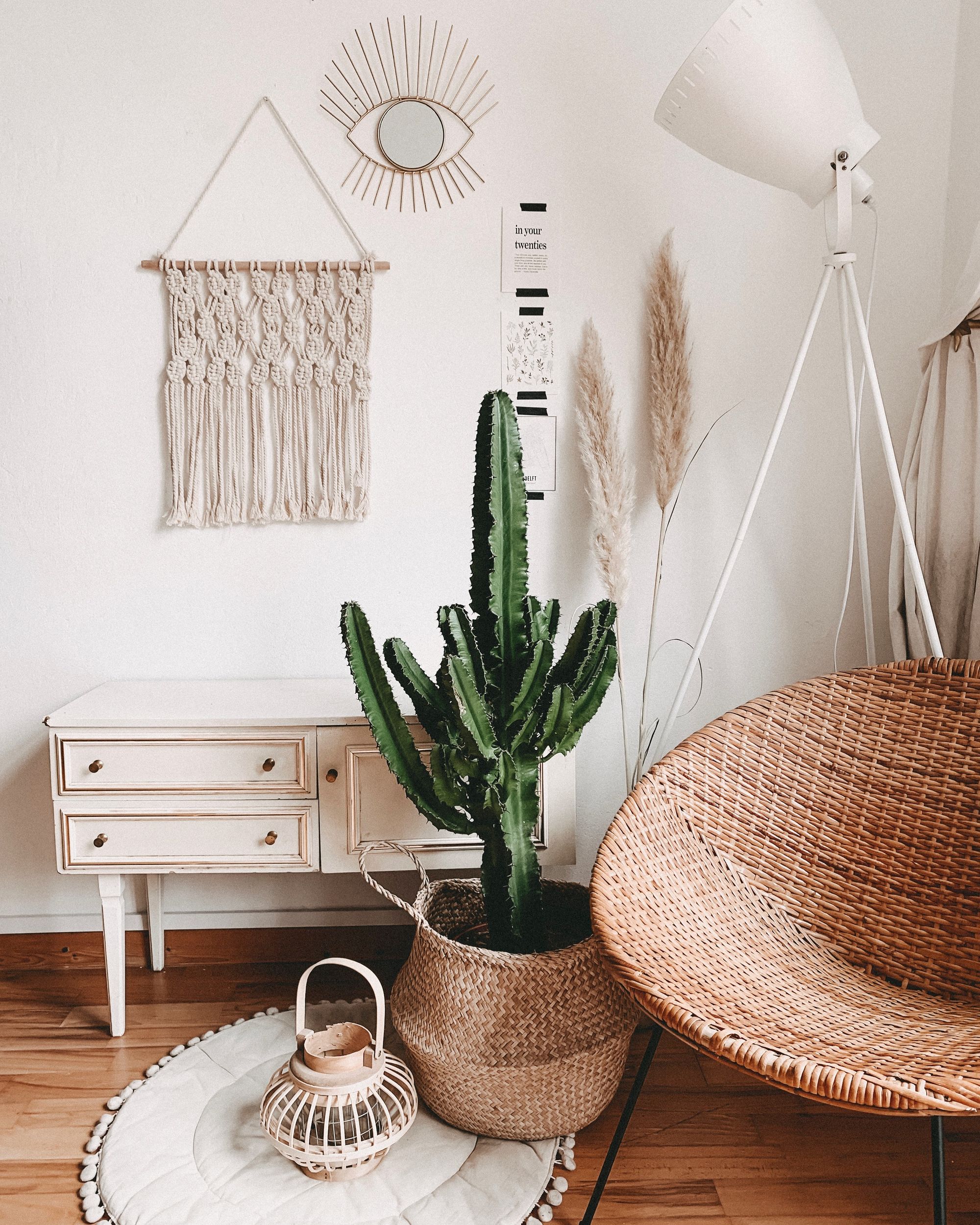
Scandinavian decor — natural materials
Scandinavian decor — soft and warm lighting
Lighting is essential in this style. Floor lamps, table lamps and candles create a warm and cozy atmosphere, ideal for relaxing after a long day. Lighting also plays an important part in Scandinavian homes during long, dark winters when natural light is limited.
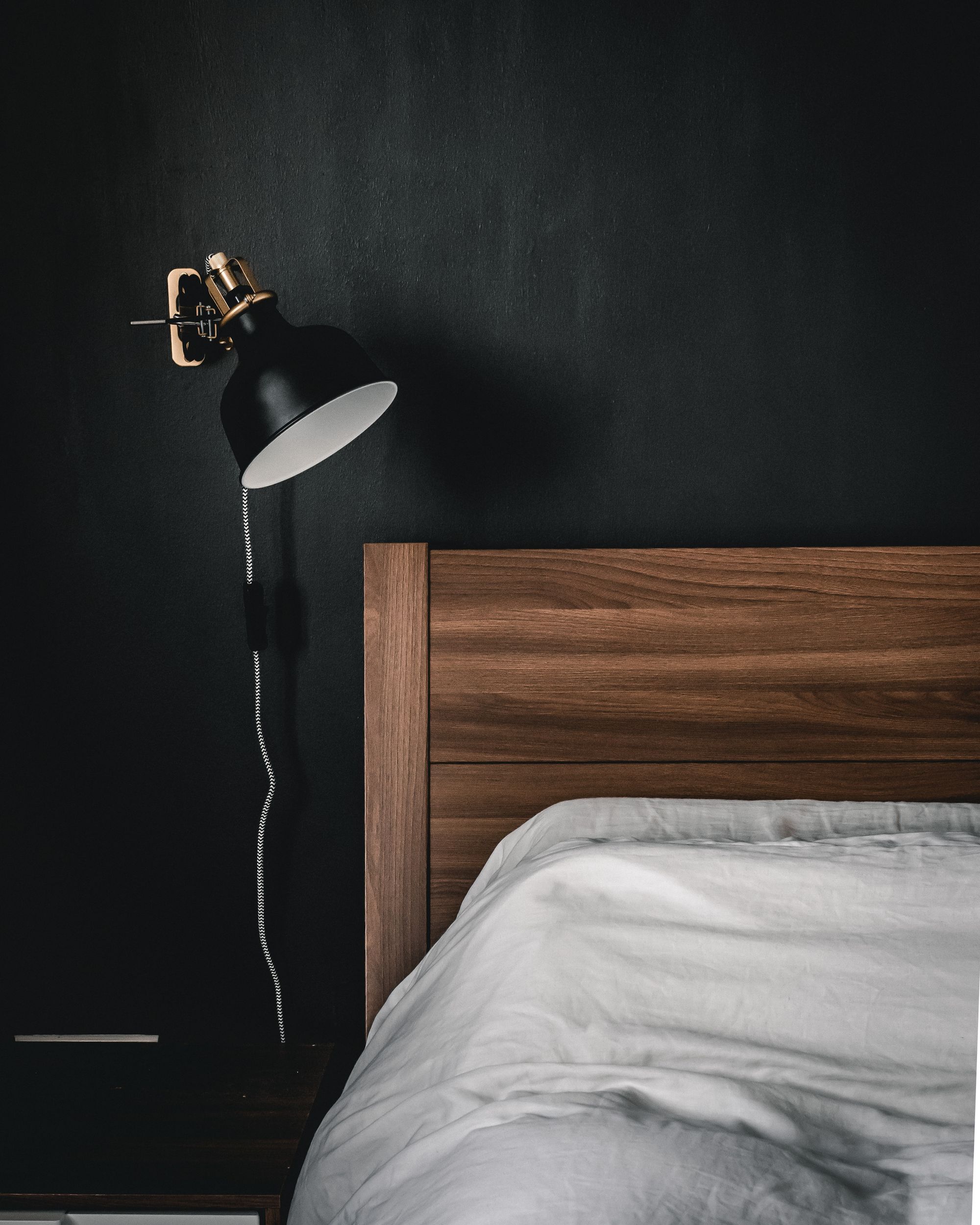
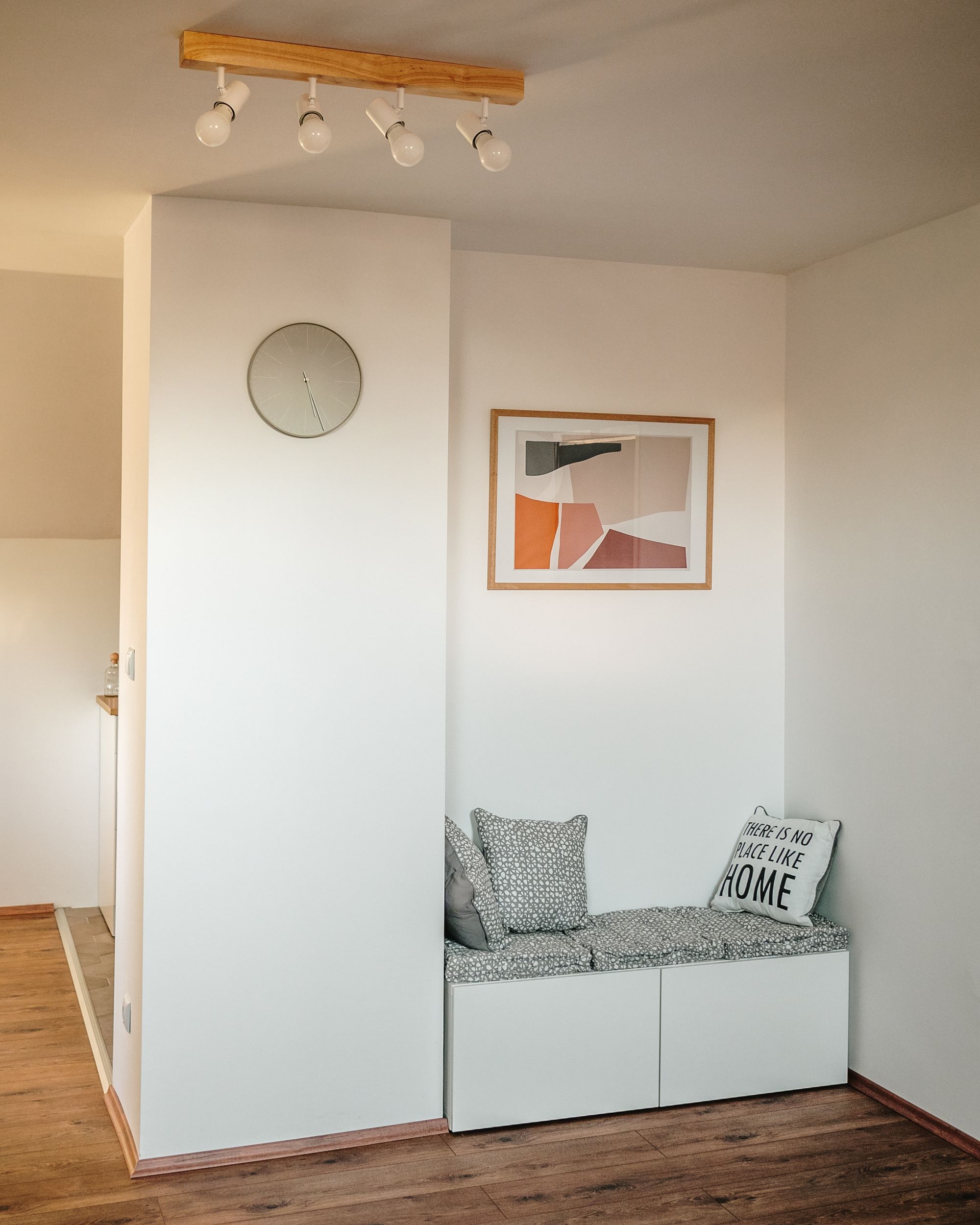
Lighting
How to use Scandinavian decor in your home


Decor inspired by Scandinavian design
Step 1: Start with minimalism
The first step to incorporating Scandinavian decor into your home is to adopt the philosophy of minimalism. Detach yourself from unnecessary items and keep only what is functional and essential.

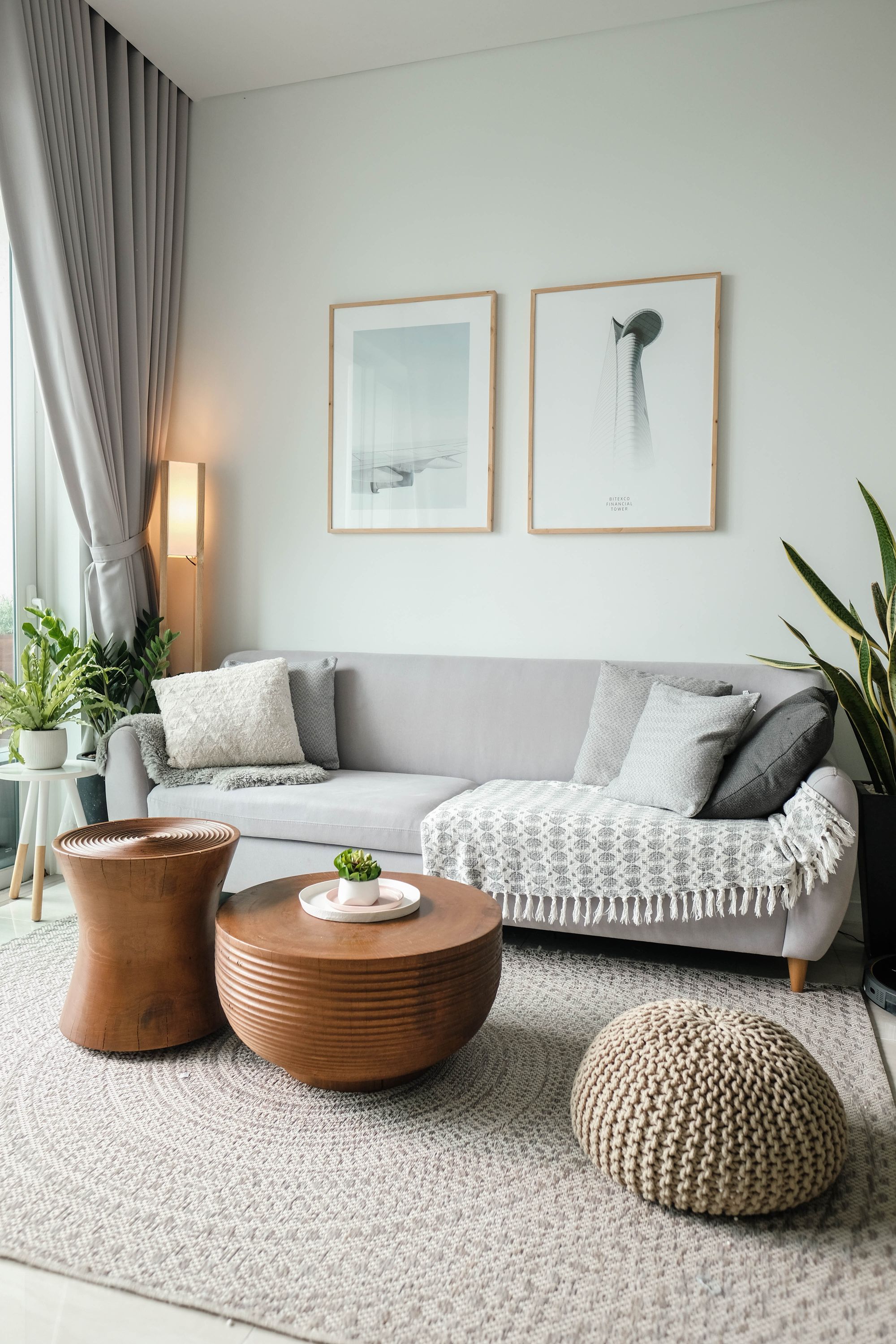
Minimalism in the Scandinavian style
Focus on quality, not quantity. Choose furniture and accessories that are well made and durable, rather than opting for a lot of lesser quality items. The aim is to create a space that is both aesthetically pleasing and highly functional. Remember, every item in your home should have a reason to be there, whether that's its usefulness or bringing beauty to the space.
This doesn't mean your home has to be devoid of personality. On the contrary, personal items that tell a story or evoke fond memories are very welcome in Scandinavian design.
Step 2: Choose the right color palette
Choose a neutral, light color palette for your walls, furniture, and accessories. White should be the dominant color, complemented by gray, beige and pastel tones.
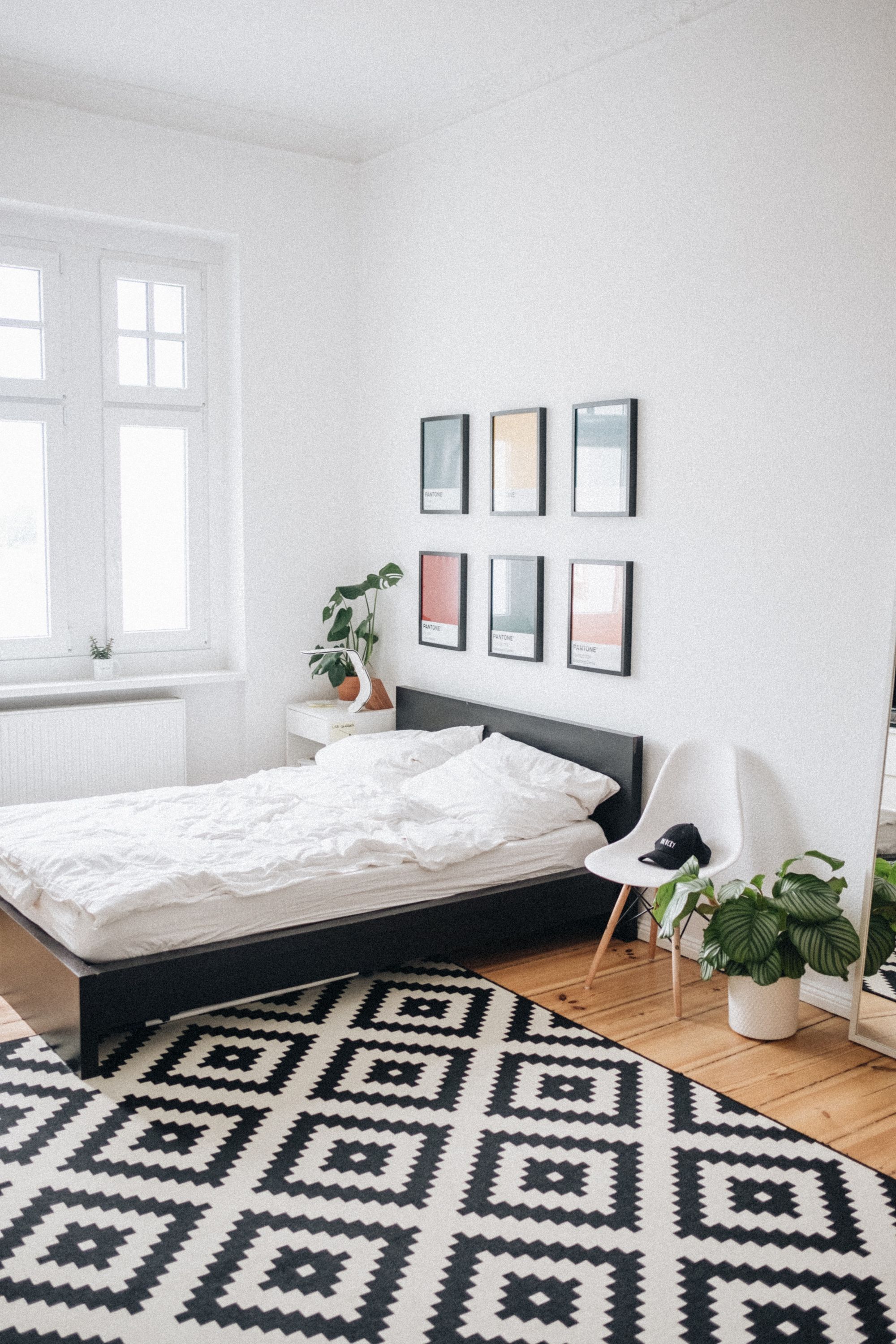
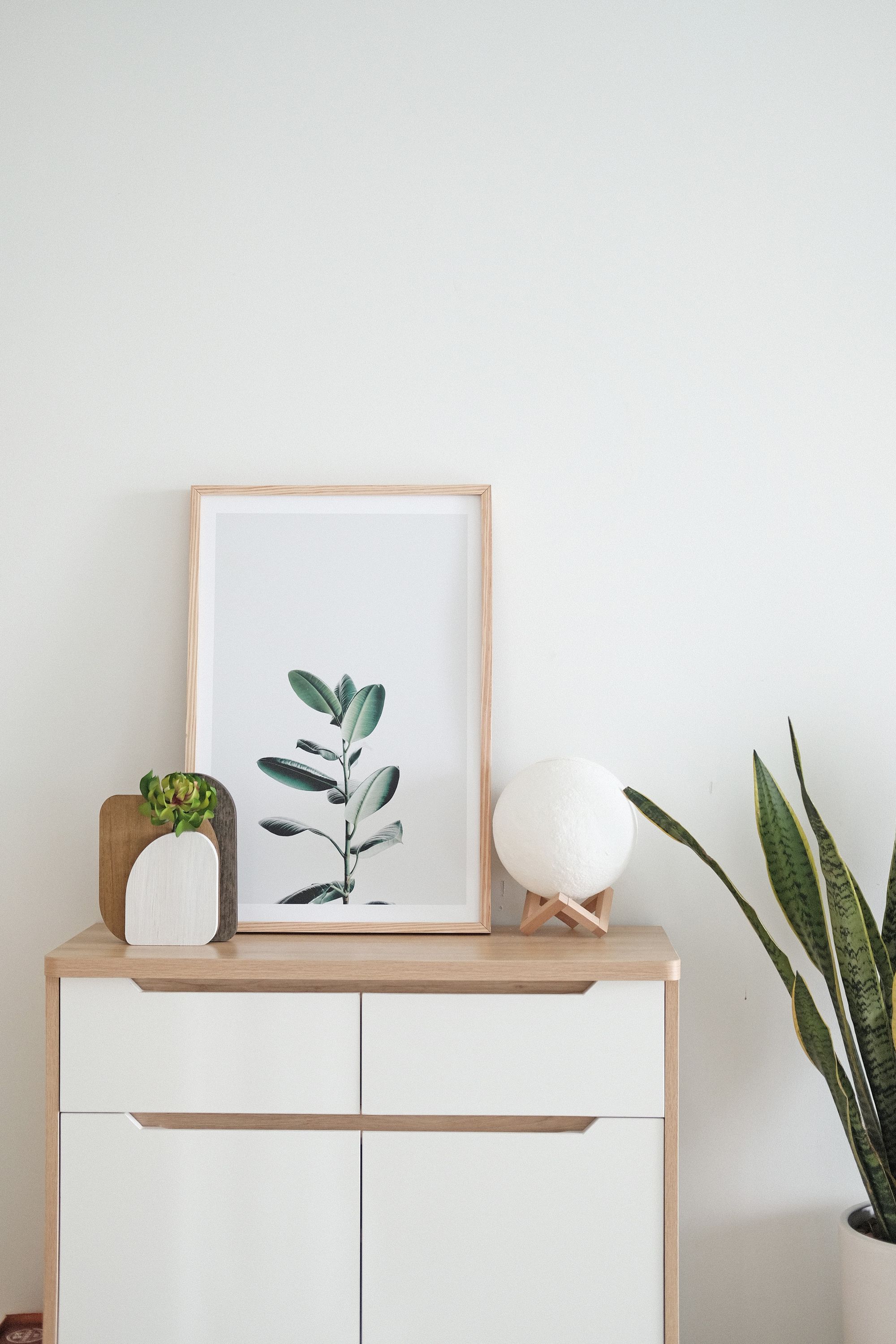
Scandinavian color palette
When choosing colors, think about how you want the space to feel. Light, neutral colors help maximize light and give a sense of calm and tranquility. However, that doesn't mean you should completely avoid the more vibrant colors. Scandinavian decor can also incorporate bright color accents to bring a touch of personality and visual interest to the room.
For example, a brightly colored rug or colorful throw pillows can break up the monotony and add an element of surprise to your decor. Remember, the key is balance: bold colors should be used sparingly to complement rather than overwhelm the neutral color scheme.
Step 3: Select natural materials
Natural materials are the essence of Scandinavian decor. They bring warmth and texture to the environment, making an intimate connection with nature. In addition to wood, wool and cotton, other materials such as leather, stone and ceramics can also be incorporated.
Incorporate natural materials into your decor. Choose light wood furniture and natural fabrics like wool and cotton for your rugs, curtains, and throw pillows.
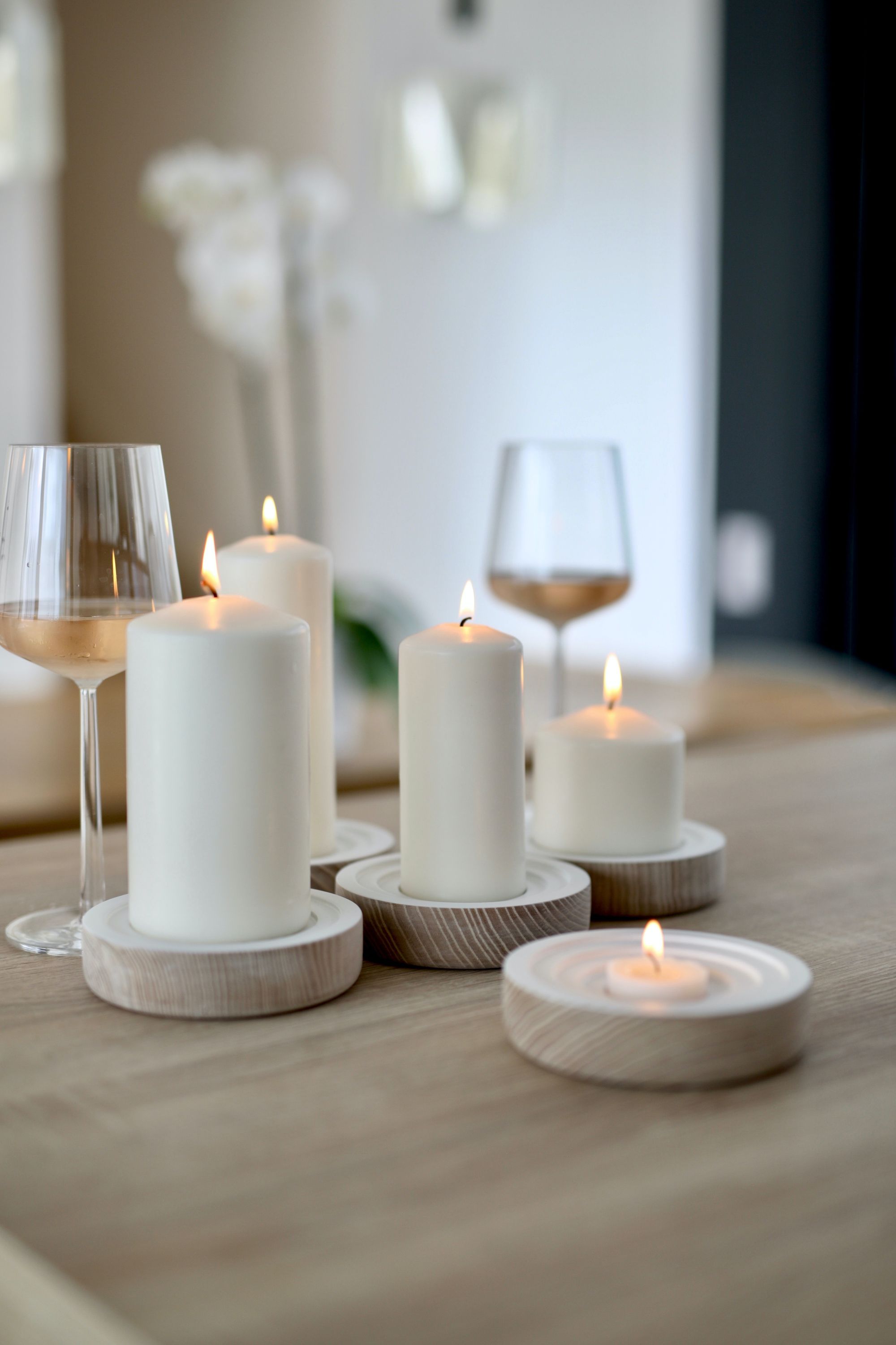
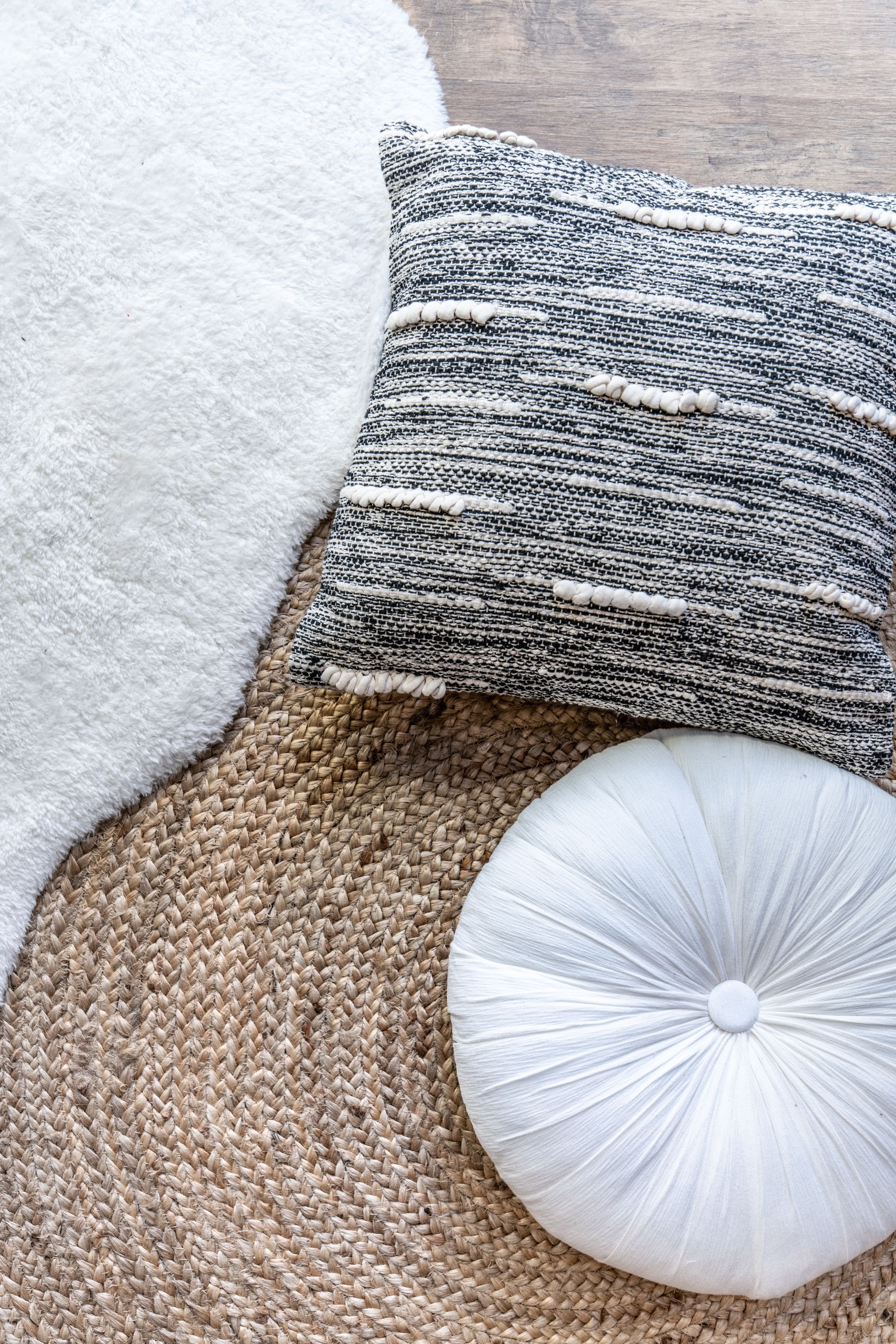
Materiais naturais — Escandinavo
When choosing furniture and accessories, consider its texture and finish. For example, wooden furniture with a matte or semi-matte finish is preferable to a glossy finish. For fabrics, choose those with a natural texture that is comfortable to the touch. And remember, the beauty is in the details: a thick wool rug, linen cushion or oak wood table can add a layer of complexity and interest to your space without compromising the simplicity and clarity of Scandinavian design.
Step 4: Light the room
It is critical to allow as much natural light as possible into the space. This can be achieved through the use of light, translucent curtains and strategically placed mirrors to reflect light. Also, opt for surfaces and materials that help reflect light around the room, such as white walls and light-colored furniture.
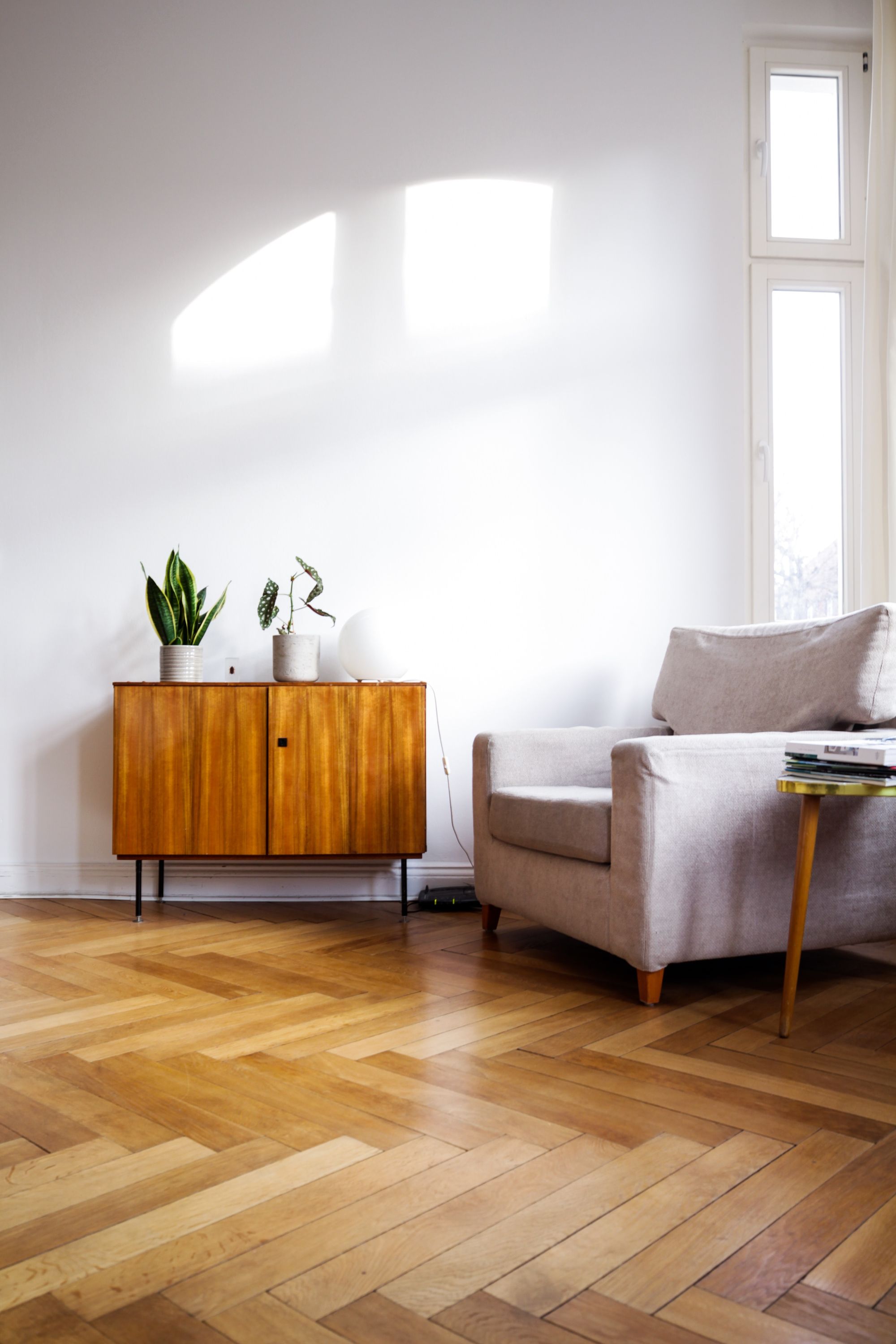
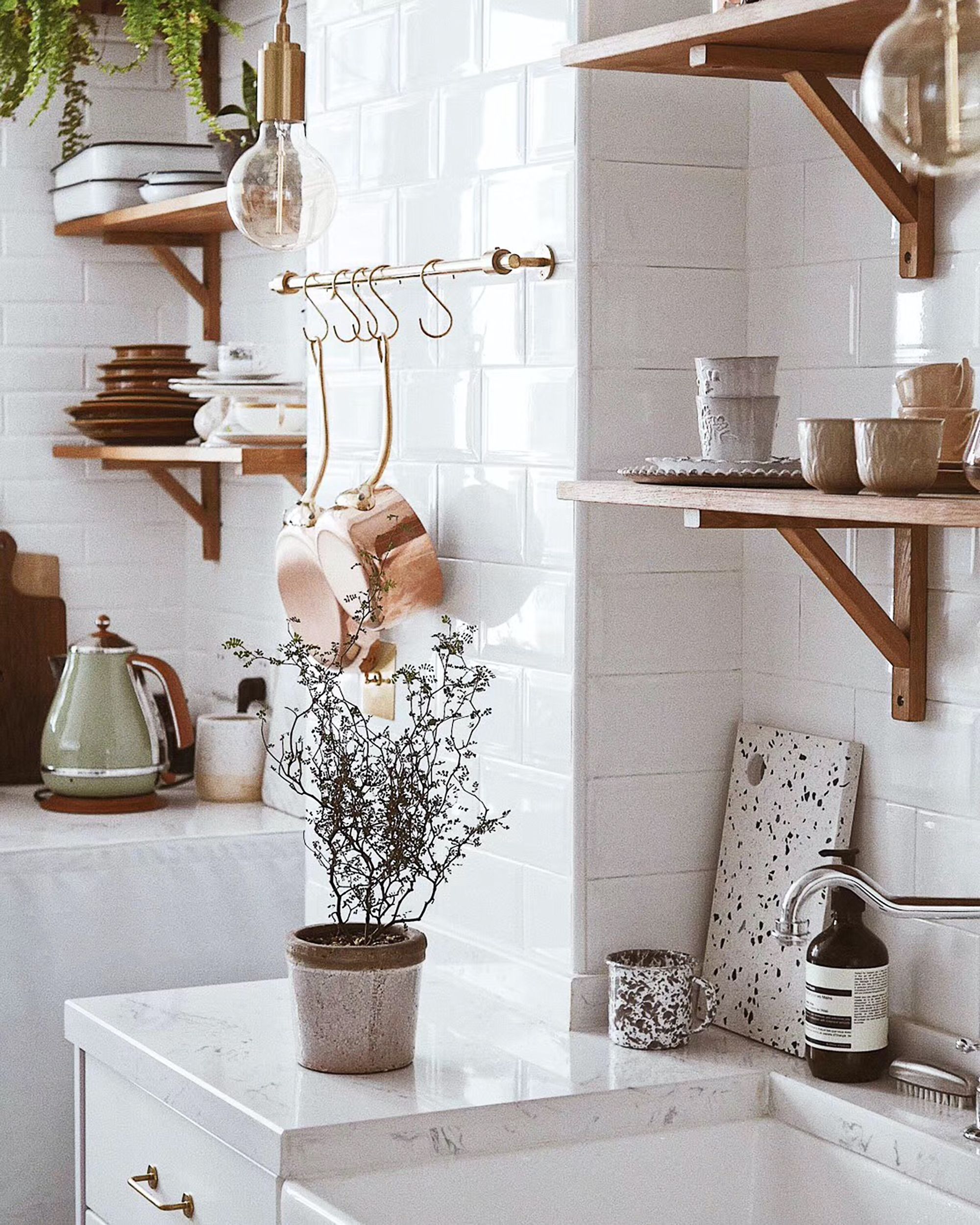
Scandinavian decor relies on ambient lighting
Create soft, cozy lighting with floor lamps, table lamps and candles. If possible, make the most of natural light.
At night, to keep the atmosphere warm and welcoming, the lighting should be soft and indirect. Floor lamps and table lamps with warm-toned lights are ideal for this. And, of course, nothing brings more coziness to an environment than candlelight, so incorporated into Scandinavian culture.
Step 5: Add a touch of nature
Plants create a connection to nature that is important in Scandinavian design. Varieties such as ferns, succulents, monstera, and broadleaf figs are excellent choices because they are aesthetically pleasing and easy to care for. Add plants to your environment. They bring a touch of life and freshness in addition to purifying the air.

Also, consider incorporating other natural elements such as rocks, shells or wood logs into your decor. They can be displayed on shelves or used as decorative objects on coffee or side tables. These elements, in addition to adding texture and visual interest, reinforce the idea of bringing the outside in, a key feature of Scandinavian decor.
Conclusion
Scandinavian decor is more than a trend: it's a lifestyle. It reflects the search for simple, comfortable and functional environments where every detail has a purpose. With this guide, we hope you can incorporate this philosophy into your home, creating a space where you truly feel at home.
Not sure if the Scandinavian style is for you? No problem. With Planner 5D, you can experiment with different design styles, colors and finishes before starting any real work. You can even experiment with different layouts and setups until you find what works for you.

